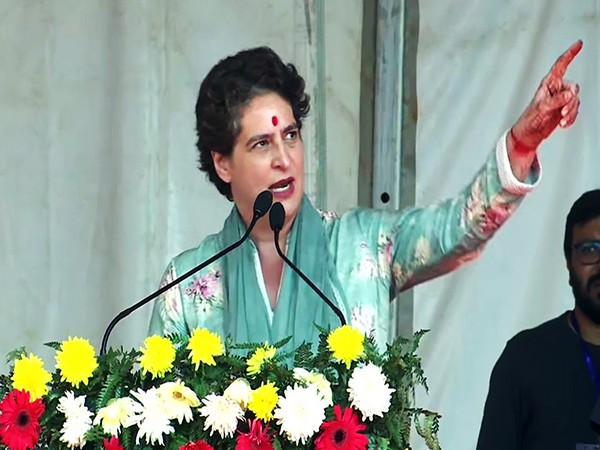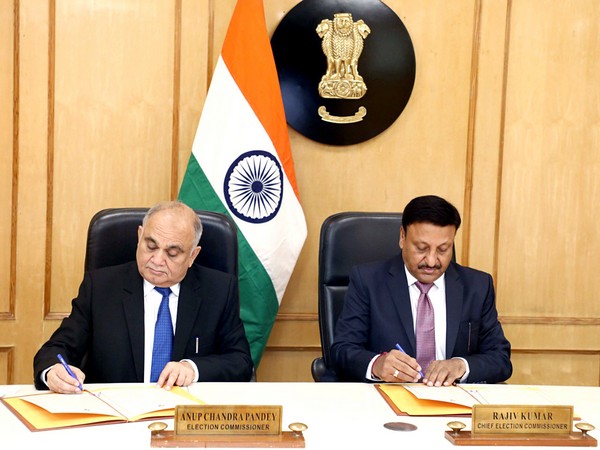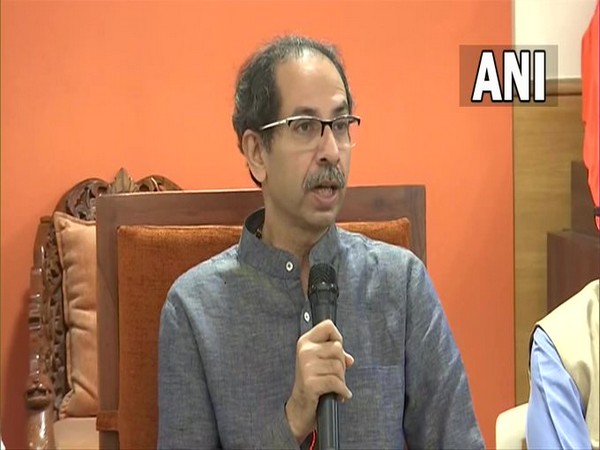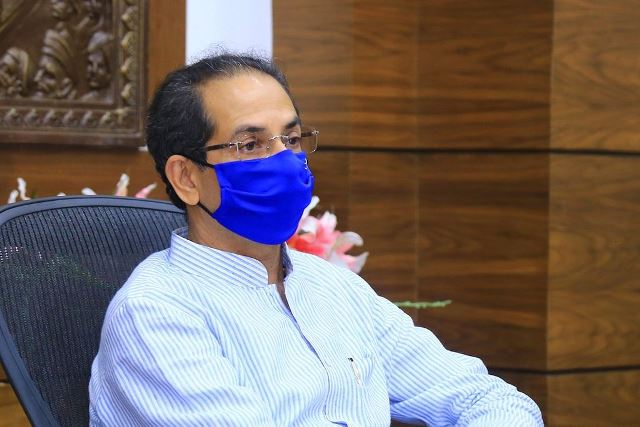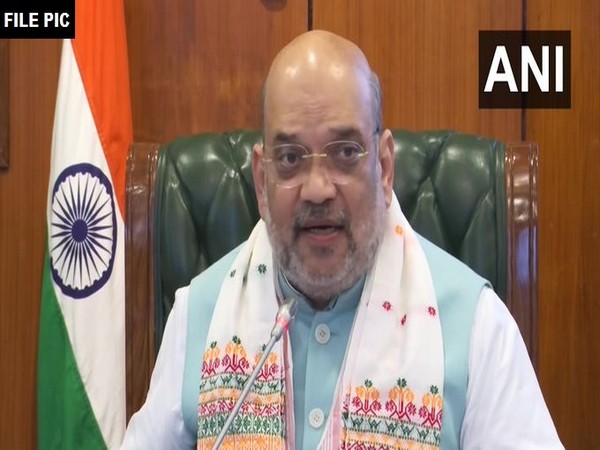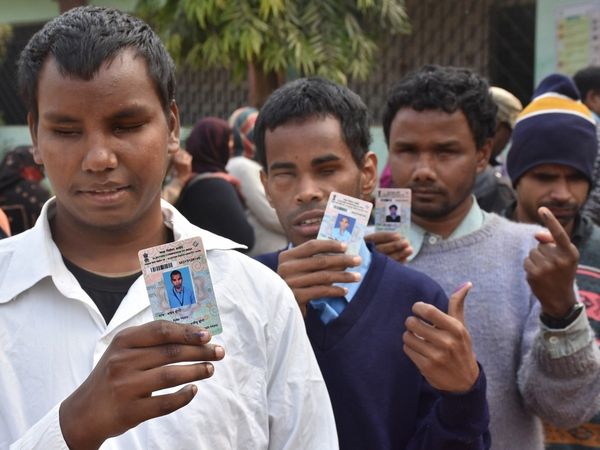A day after the Election Commission froze the ‘Bow and Arrow’ symbol of Shiv Sena barring both the rival factions in the party from using it in the upcoming Andheri East Assembly bypolls, the party president and former Maharashtra Chief Minister Uddhav Thackeray lambasted the rival Shinde camp saying the “40-headed Ravana froze the bow of Lord Sri Ram”.
In Facebook live, Thackeray said, “I did not expect this decision from the Election Commission. I believe in the judiciary. We will get justice. The 40-headed Ravana froze the bow of Lord Sri Ram. I am sad but angry because you stabbed your mother in the chest. Do not use Balasaheb’s name if you have guts.”
“Who is Uddhav Thackeray? People know me because my name is Uddhav Balasaheb Thackeray,” said the Shiv Sena chief.
He said Shiv Sena was formed in the interests of Maharashtra for the welfare of the Marathi people.
Sharing the story of the formation of Shiv Sena, Thackeray said, “We had a one bhk flat in Shivaji Park. My grandfather asked Balasaheb will he form an organization as so many people were coming with their problems. Balasaheb said that the idea is there. Balasaheb was told by Prabodhankar to name the organisation Shiv Sena. This is how Shiv Sena started.”
Thackeray said BJP is using the Shinde group in its own interest and will throw them away when its interest is fulfilled.
“More than these people (Shinde group), the power behind them must have been happier. What did you get by breaking the unity of Shiv Sena? What is your relation with the name Shiv Sena? The Shinde faction also does not understand how BJP is using them. When your use is over, you will also be thrown away like an empty bottle of liquor.” he said.
He said the Election Commission froze the election symbol of Shiv Sena on Saturday.
“After the Election Commission ordered yesterday, we gave three symbols -Trishul, Rising Sun, and Mashaal. We have also given three names Shiv Sena Balasaheb Thackeray, Shivsena Balasaheb Prabodhankar Thackeray, Shiv Sena Uddhav Balasaheb Thackeray,” he added.
The Uddhav Thackeray camp of Shiv Sena submitted a list of three names and symbols for the upcoming Andheri East Assembly constituency by-polls to the Election Commission.
Amid a row over Shiv Sena’s ‘Bow and Arrow’ symbol claim, the Election Commission (EC) on Saturday froze the symbol barring both the rival camps in the party from using it in the upcoming Assembly by-poll slated for November 3.
Following this, the Thackeray faction on Sunday submitted the options of ‘Trishul’, ‘Rising Sun, and ‘Torch’ as symbols for the party to the Election Commission. Further, the Thackeray camp suggested three names — Shiv Sena (Balasaheb Thackeray), Shiv Sena (Prabodhankar Thackeray), and Shiv Sena (Uddhav Balasaheb Thackeray) for the upcoming bye-elections.
“Our party’s name is Shiv Sena, if ECI gives any of the names related to Shiv Sena including ‘Shiv Sena (Balasaheb Thackeray)’, ‘Shiv Sena (Prabodhankar Thackeray)’ or ‘Shiv Sena (Uddhav Balasaheb Thackeray)’, that would be acceptable to us,” Shiv Sena (Uddhav faction) MP Arvind Sawant told media persons.
Shiv Sena leader Aaditya Thackeray on Saturday called Maharashtra Chief Minister Eknath Shinde-led-faction Shiv Sena as “traitors” after the Election Commission (EC) froze the symbol barring both the rival camps in the party from using it in the upcoming Assembly by-poll slated for November 3.
“Boxed traitors today have done a despicable and shameless act of freezing the Shiv Sena’s name and symbol. The people of Maharashtra will not tolerate this. Will fight and win! We are on the side of truth! Satyamev Jayate!” Aaditya Thackeray tweeted in Marathi.
Notably, EC passed the interim order saying in Andheri East bye polls, neither of the two groups shall be permitted to use the symbol “Bow and Arrow”, reserved for “Shiv Sena”.
The Commission’s ruling came amid the ongoing symbol war between the Uddhav Thackeray camp and rival Eknath Shinde camp.
In its order, the Commission said, “In order to place both the rival groups on even keel and to protect their rights and interests, and going by the past precedence, the Commission hereby makes the following Interim Order, to cover the purpose of the current Bye-elections and to continue till the final determination of the dispute in the matter in terms of Para 15 of the Symbols Order:- Neither of the two groups led by Eknathrao Sambhaji Shinde (Petitioner) and other led by Uddhav Thackeray (Respondent) be permitted to use the name of the party Shiv Sena simplicitor.”
“Neither of the two groups shall also be permitted to use the symbol “Bow and Arrow”, reserved for “Shivsenal’; Both the groups shall be known by such names as they may choose for their respective groups, including, if they so desire, linkage with their parent party Shivsena; and Both groups shall also be allotted such different symbols as they may choose from the list of free symbols notified by the Election Commission for the purposes of the current bye-elections,” added the Commission.
Eknath Shinde took oath as the Chief Minister of Maharashtra on June 30 earlier this year.
This came after a faction of Shiv Sena under Shinde shifted the alliance to Bharatiya Janata Party BJP from MVA. Since then, Maharashtra has been witnessing a tussle between both the factions of Sena as to who is the real inheritor of the legacy of Bal Thackeray. (ANI)
Read More:http://13.232.95.176/
